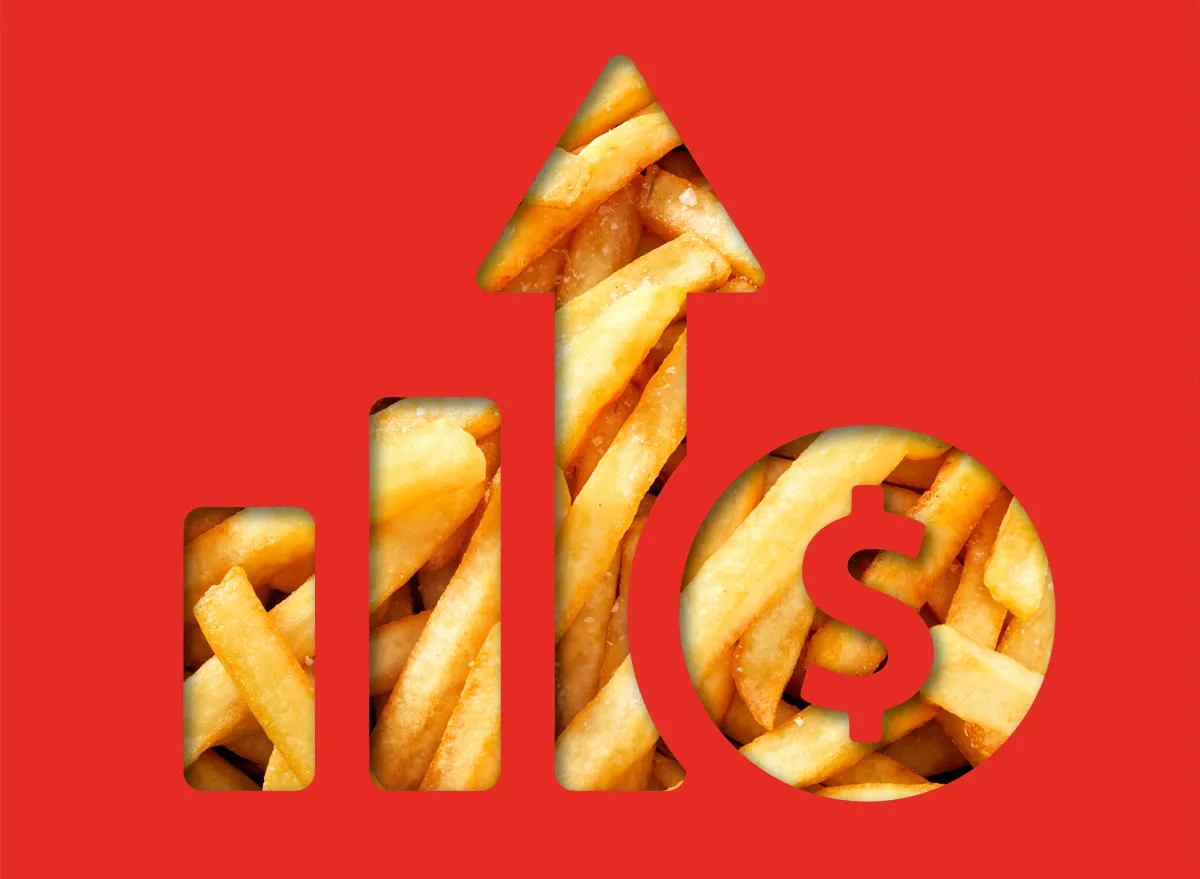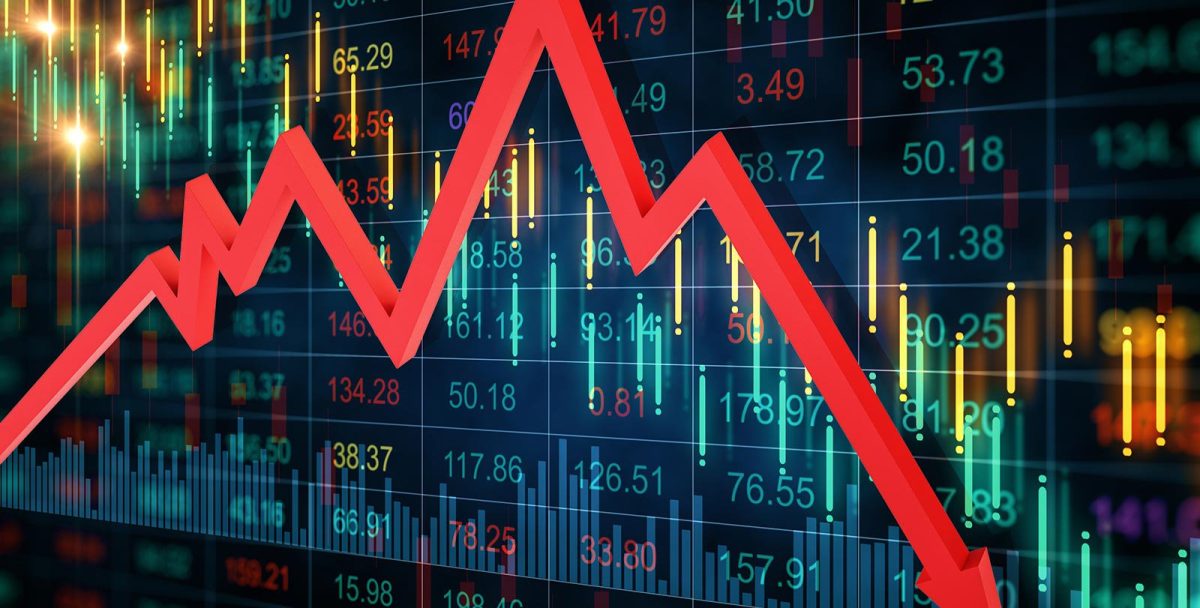Everybody has their favorite fast food restaurant, from McDonald’s to Wendy’s. Customers crave their comfort meal, and it comes at a comfortable price. However, this has begun to change since the COVID-19 outbreak in 2020, leading devout consumers to ask: Why have fast food prices soared over the past five years, and will they continue to rise?
The average cost of a Happy Meal from McDonald’s in 2019 was around $3.00, doubling to reach the current $6.00 price. A medium waffle fry from Chick-fil-A cost about $1.95 in 2019, compared to today’s $3.50. These are just two examples of major fast food companies raising prices in recent years, with many others following suit, including Wendy’s, Chipotle, and Taco Bell.
So, why are prices rising? Several factors are shown to be driving costs up: supply chain pressure, labor costs, inflation, and corporate strategy. Supply chain pressure happens when factories cannot keep up with demand or when shipping is delayed or too expensive. This has mainly affected foods like beef, chicken, and potatoes. Labor costs are also rising; the minimum wage in Arizona in 2019 was $11.00 per hour—now, it is $14.70. Inflation has pushed up grocery prices as well. A chicken breast that cost about $3.00 in 2019 sells for closer to $5.00 today. Finally, corporate strategy plays a role as companies shift away from value meals toward premium or seasonal items. When food and labor costs more and value menus shrink, restaurants are forced to raise prices just to stay afloat. Unfortunately, this comes at the expense–literally–of the consumer.
Fast food no longer feels like an easy way to save money. Instead, prices now better resemble those of a sit-down meal. Restaurants defend these hikes by promoting improved “quality” and “convenience,” but there is little evidence to support these claims.
These prices are not projected to decrease, but rather to keep climbing. Increases may slow due to consumer pushback, but don’t expect many discounts anytime soon. To save money, many chains offer rewards programs, where spending a certain amount earns discounts or free items. Experts recommend signing up for these, as it is the most reliable way to save.
Fast food has always been seen as the cheapest way to grab a quick meal, but the past five years show it’s no longer the bargain it once was. Rising costs for food, labor, and operations mean prices will likely continue to climb, even if the rate of increase slows down. For consumers, this leaves rewards programs, promotions, or cutting back as the best alternative solutions. In the end, fast food is shifting from “cheap eats” to convenience at a higher price tag.




